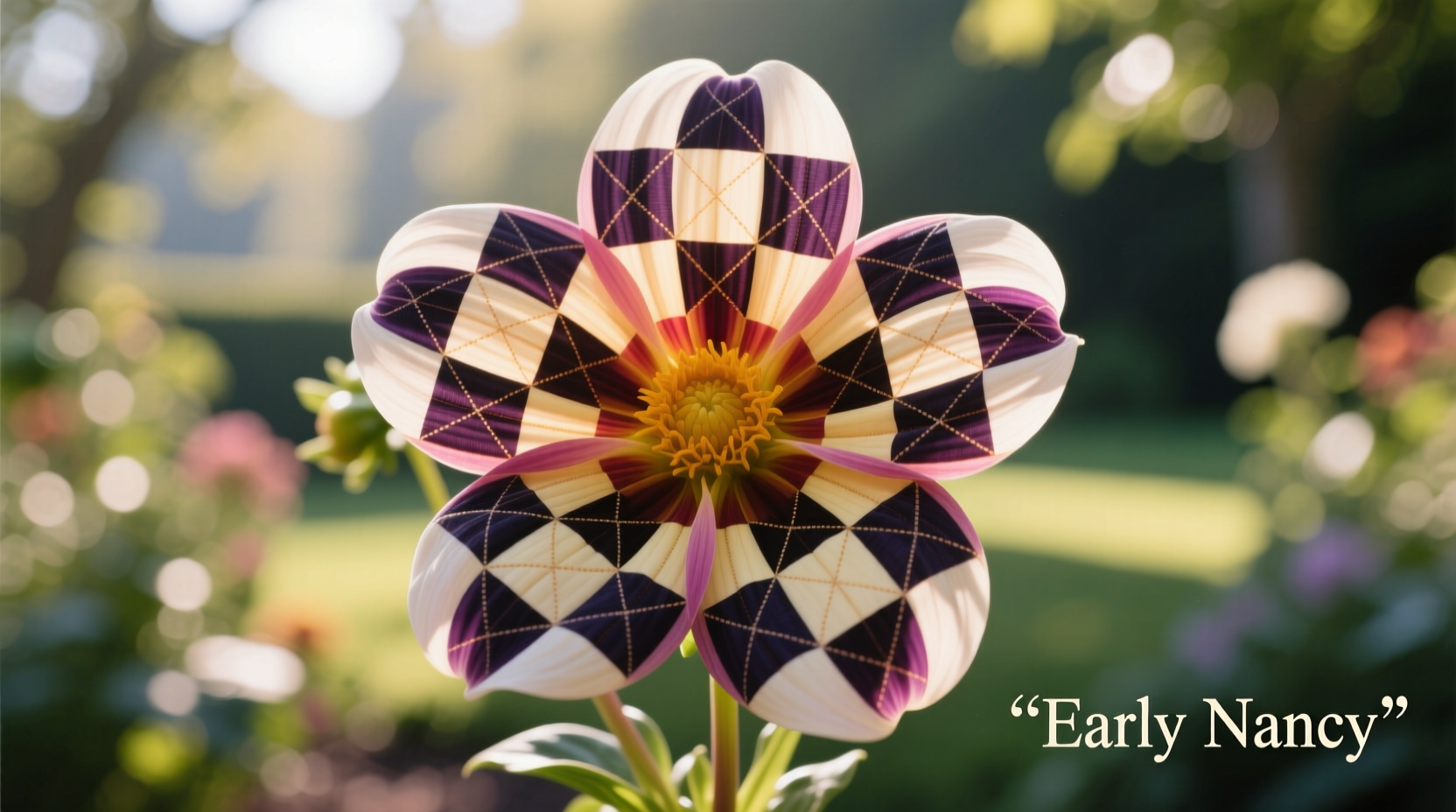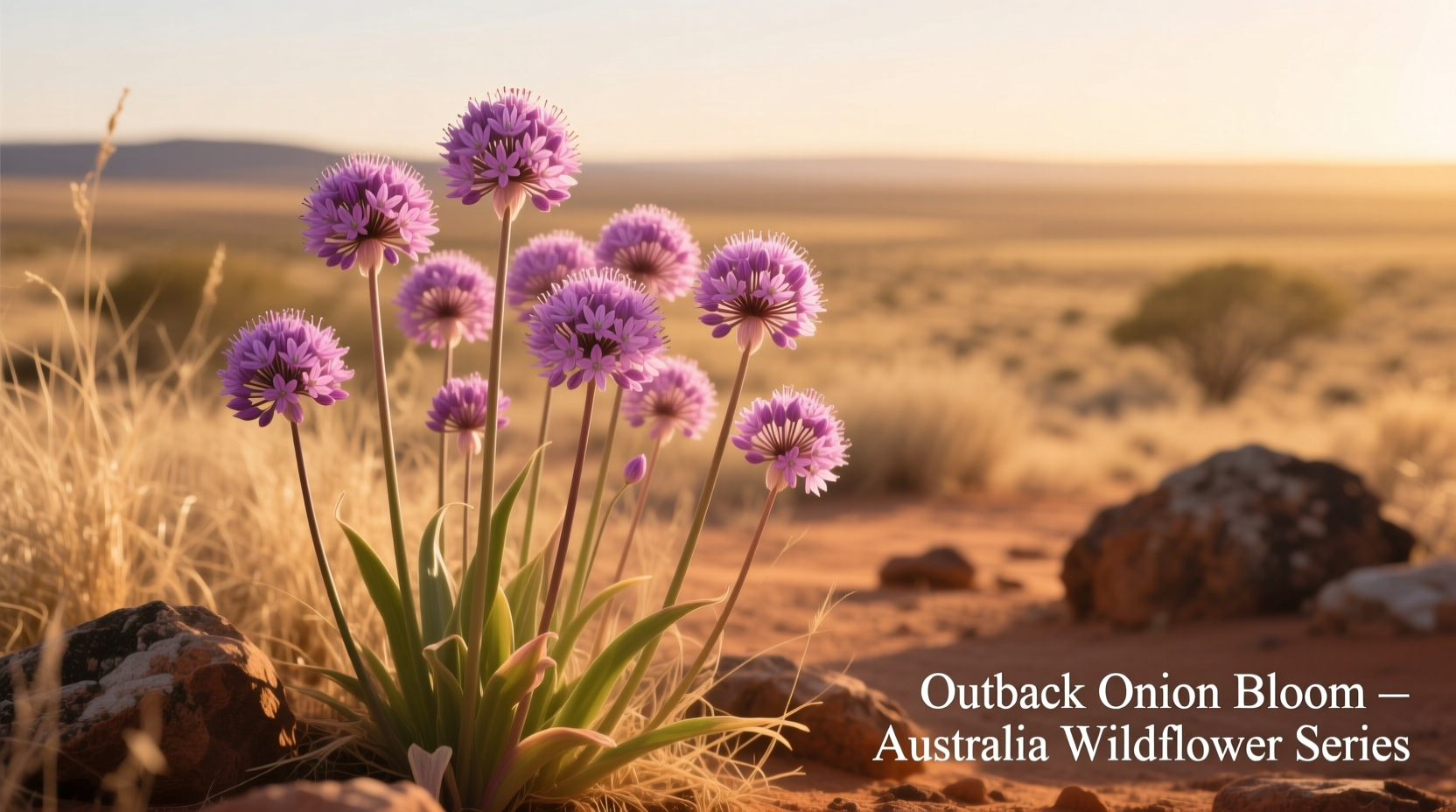Have you spotted an intriguing flowering plant during your Australian outback adventures and wondered if it's the elusive \"outback onion bloom\"? You're not alone. Many travelers and gardening enthusiasts search for this mysterious plant, only to find conflicting information. Let's clear up the confusion with accurate botanical insights you can trust.
Why \"Outback Onion Bloom\" Isn't What You Think
Despite its evocative name, \"outback onion bloom\" doesn't appear in any authoritative botanical databases or Australian flora registries. This common misconception likely stems from several factors:
- Misidentification of native lilies that resemble onion plants
- Confusion with introduced species that have \"onion\" in their common names
- Marketing terminology used by some nurseries for ornamental plants
- Misremembered names from travel experiences in Australia's remote regions
Plants Most Commonly Mistaken for \"Outback Onion Bloom\"
| Plant Name | Scientific Classification | Native Status | Key Identification Features |
|---|---|---|---|
| Australian onion weed | Nothoscordum gracile | Introduced species | White star-shaped flowers, hollow leaves, strong onion scent when crushed |
| Early Nancy | Wurmbea dioica | Native | Pink or white checkered flowers, corm-based, no onion scent |
| Native bluebell | Wahlenbergia species | Native | Delicate blue bell-shaped flowers, no bulb structure |
| Chocolate lily | Arthropodium strictum | Native | Purple-brown flowers, tuberous roots, sweet fragrance |
Botanical Timeline: How the Confusion Developed
The misnomer \"outback onion bloom\" appears to have emerged through several converging pathways over recent decades:
- 1980s-1990s: Increased tourism in Australian outback regions leads travelers to describe unfamiliar plants using familiar terms like \"onion\"
- Early 2000s: Online gardening forums begin documenting sightings of \"onion-like flowers\" in arid Australian regions
- 2010-2015: Some nurseries adopt the term for marketing ornamental allium varieties suitable for dry climates
- Present day: The term persists in casual conversation despite lacking botanical validity
Identifying Real \"Onion-Like\" Plants in the Australian Outback
If you're exploring Australia's remote regions and spot a plant you think might be an \"onion bloom,\" here's how to properly identify it:
The Crush Test
True onion-family plants (Alliaceae) will emit a distinctive onion or garlic scent when leaves or bulbs are crushed. Native Australian lilies lack this characteristic aroma despite sometimes having similar visual features.
Flower Structure Analysis
Examine the flower closely:
- True onion relatives have flowers with six equal tepals arranged in a star pattern
- Australian native lilies often have more complex patterns, including the distinctive \"checkered\" appearance of Early Nancy
- Check for the presence of stamens with distinctive anthers
Root System Examination
Without disturbing the plant (remember that many native species are protected), look for these clues:
- True onions grow from bulbs with papery outer layers
- Many native look-alikes grow from corms (Early Nancy) or rhizomes (Chocolate lily)
- Introduced onion weed typically forms dense colonies through bulb offsets

Practical Considerations for Gardeners and Nature Enthusiasts
Whether you're trying to identify plants in the wild or considering adding Australian-looking species to your garden, these practical guidelines will help you make informed decisions:
For Wildflower Identification
When documenting plants in natural settings:
- Use the Atlas of Living Australia mobile app for real-time identification
- Photograph the entire plant including flowers, leaves, and any visible root structure
- Never remove plants from protected areas - many Australian natives are legally protected
- Consult regional field guides specific to the botanical region you're exploring
Gardening with Australian Native Plants
If you're drawn to the aesthetic of outback flowering plants for your garden:
- Choose species appropriate for your climate zone - many true outback plants require arid conditions
- Consider Wurmbea dioica (Early Nancy) for temperate climates with winter rainfall
- Avoid planting Nothoscordum gracile (onion weed) as it's considered invasive in many regions
- Consult your local native plant society for regionally appropriate selections
Why Accurate Plant Identification Matters
Proper identification isn't just academic - it has real-world implications:
- Conservation: Many Australian native plants are threatened species protected by law
- Safety: Some native lilies resemble toxic plants that could be dangerous if misidentified
- Ecosystem health: Introducing non-native species can disrupt local ecosystems
- Cultural significance: Many native plants have important roles in Indigenous Australian traditions
When in doubt, consult authoritative resources like the Flora of Australia database maintained by the Australian National Herbarium rather than relying on informal online references.











 浙公网安备
33010002000092号
浙公网安备
33010002000092号 浙B2-20120091-4
浙B2-20120091-4